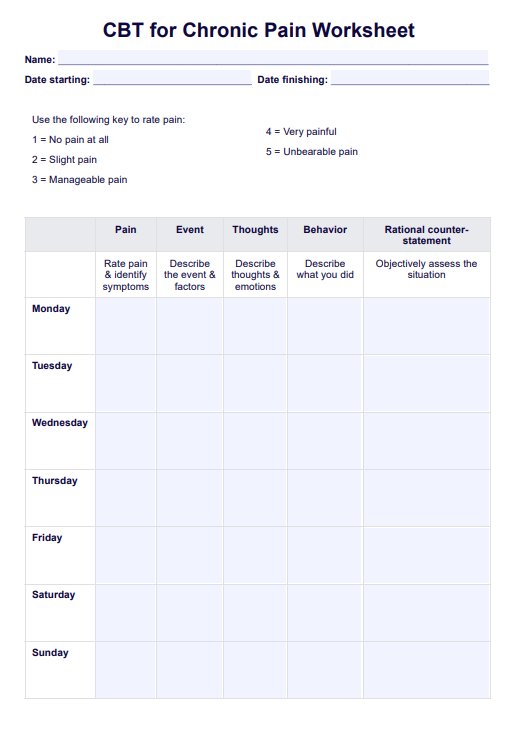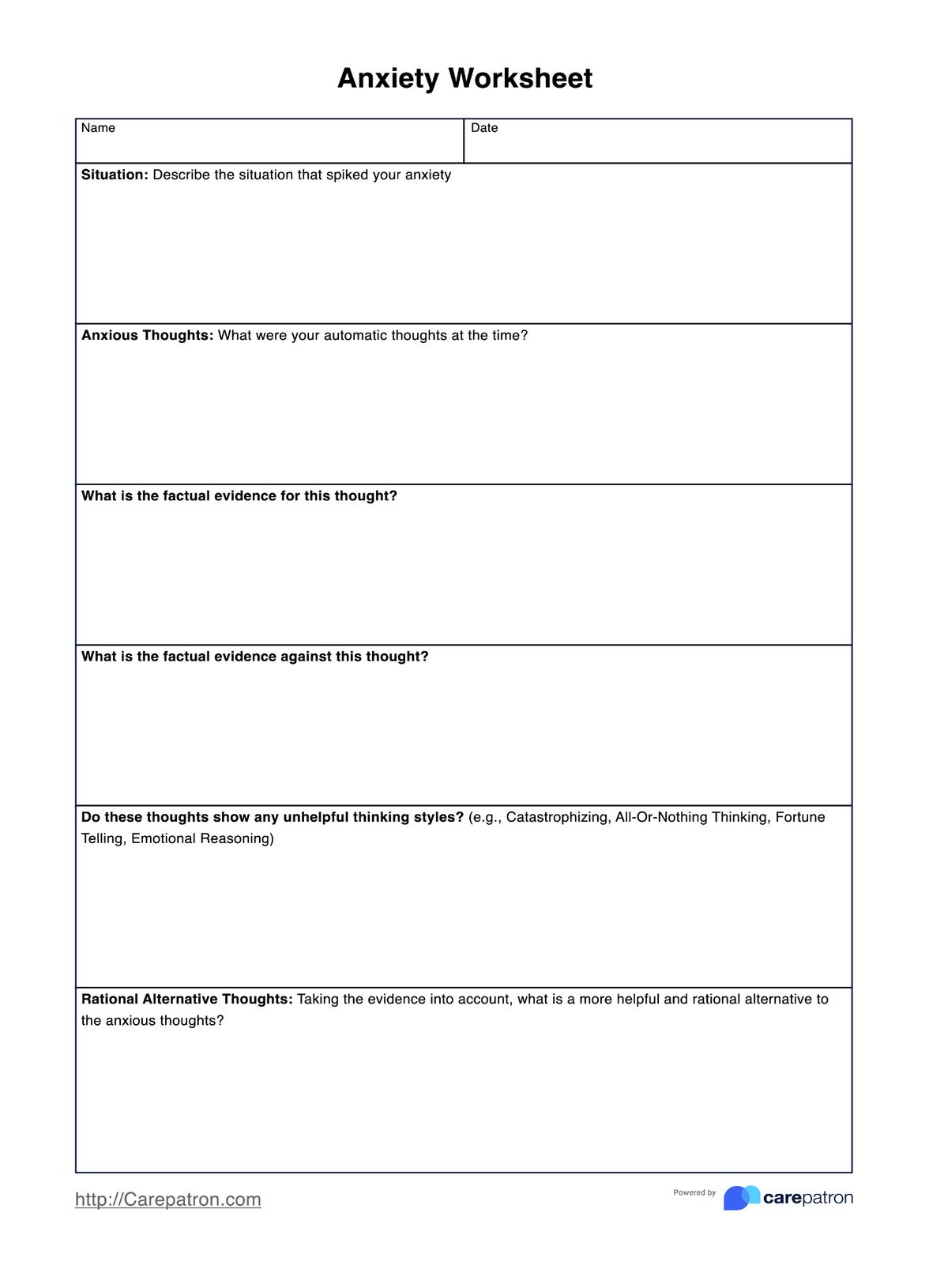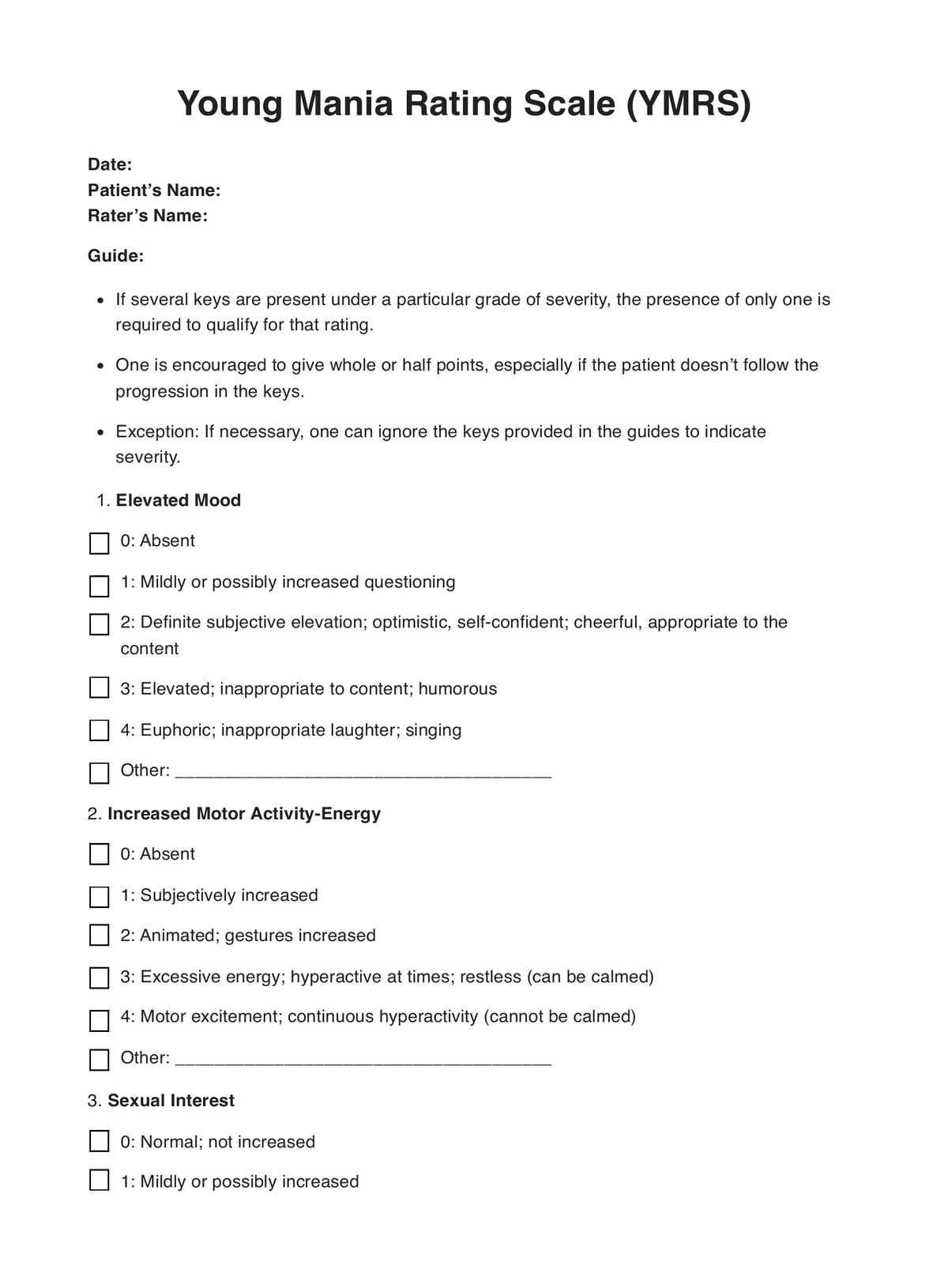Schizophrenia Treatment Plan
Looking to create a Schizophrenia Treatment Plan for your patient? Check this guide to see how one would generally look to help provide you with structure when you’re making a plan for your patient!


What is a Schizophrenia Treatment Plan?
A Schizophrenia Treatment Plan is an essential and comprehensive strategy aimed at managing and treating schizophrenia, a serious mental illness without a cure. Schizophrenia, characterized by symptoms that impair thinking, cognition, emotions, and decision-making, may present as delusions, hallucinations, paranoia, social withdrawal, disorganized thinking, and disrupted sleep patterns. These symptoms can significantly affect relationships and daily functioning.
An effective Schizophrenia Treatment Plan includes several key components:
- Dedicated treatment team: Led by a mental health professional, this team coordinates and oversees the treatment plan. It may include psychiatrists, psychologists, social workers, and nurses, ensuring a multidisciplinary approach.
- Education on the illness: Educating the person with schizophrenia about their condition is crucial. This helps in understanding their symptoms and the importance of treatment adherence. Family members and friends also benefit from education, aiding them in providing better support.
- Antipsychotic medications: These are fundamental in treating schizophrenia, particularly in managing positive symptoms like hallucinations and delusions. Second-generation antipsychotic medications are commonly used due to their efficacy and lower risk of adverse effects like tardive dyskinesia.
- Psychological treatments: These include cognitive behavioral therapy (CBT), cognitive enhancement therapy, and other talking therapies. They address negative symptoms, cognitive symptoms, and improve coping mechanisms.
- Support system: A robust support system encompassing family therapy, social skills training, and support groups is vital. Assertive community treatment and social services assistance may be necessary for comprehensive support.
- Lifestyle and employment support: Encouraging healthy lifestyle choices, proper nutrition, and aiding in vocational training and employment support can significantly improve quality of life.
- 24-hour crisis support: Immediate access to crisis intervention is essential for managing acute episodes and preventing severe deterioration.
- Regular monitoring and adjustment: Treatment plans must be regularly reviewed and adjusted based on the individual's response and changes in their life circumstances.
This lifelong treatment plan, initiated as early as possible, can significantly improve the lives of those with schizophrenia, benefiting not only the individuals but also their families, friends, and community. It's a collaborative effort that addresses the multifaceted nature of schizophrenia, aiming for the best possible management of this complex condition
Schizophrenia Treatment Plan Template
Schizophrenia Treatment Plan Example
How to make a Schizophrenia Treatment Plan:
This guide already assumes that you are an expert in your field and are handling a patient diagnosed with schizophrenia. This is mainly to provide you with structure so you can develop your plan and make it easy to follow.
Begin with basic patient information:
- Full Name
- Date of Birth
- Age
- Gender
- Address
- Phone Number and/or Mobile Number
- Email Address
- Emergency Contact Information
These details are crucial not just for identification but also for any necessary follow-up, emergency intervention, or home visits.
Indicate detailed medical information related to schizophrenia:
- Diagnosis: Confirm the diagnosis of schizophrenia, potentially referencing the Diagnostic and Statistical Manual of Mental Disorders (DSM) criteria.
- Date of diagnosis: Knowing when the diagnosis was made can provide context on the progression and management of the condition.
- Current symptoms: List the positive symptoms (like hallucinations and delusions), negative symptoms (like apathy and lack of emotion), and cognitive symptoms (like impaired memory).
- Prescribed medication: Note any antipsychotic medications (e.g., atypical antipsychotics), their dosages, and schedules. Consider potential side effects like tardive dyskinesia or weight gain.
- Other medical conditions: Document any comorbidity conditions such as severe depression, substance abuse, or other mental health conditions.
- Family history of mental illnesses: This can include any history of psychotic disorders, schizophrenia, or other serious mental illnesses in the family, which are significant risk factors.
- Team information: Detail the healthcare team involved, including psychiatrists, psychologists, social workers, and any assertive community treatment professionals.
Consider additional elements in the plan:
- Treatment goals: Establish short-term and long-term treatment goals, focusing on managing symptoms, improving quality of life, and achieving specific milestones like returning to work.
- Therapeutic interventions: Outline the psychotherapeutic approaches like cognitive behavioral therapy, psychosocial therapy, or cognitive enhancement therapy to be used.
- Support system: Incorporate plans for family therapy, support groups, and community resources. Ensure there's a provision for 24-hour crisis support.
- Lifestyle and environmental considerations: Address factors like proper nutrition, exercise, avoidance of recreational drugs, and substance use.
- Monitoring and review: Set a schedule for regular follow-ups to monitor progress, assess the effectiveness of medications, and make necessary adjustments to the treatment plan.
This comprehensive approach ensures that the treatment plan is personalized, considering all aspects of the individual's condition, their environment, and their support system. It's a dynamic document that evolves with the patient's needs, the latest medical research, and the insights of a multidisciplinary team dedicated to managing and treating schizophrenia effectively.
Indicate the treatment goals
The treatment plan should ultimately have goals to work towards something beneficial for the patient. Here are examples of treatment plan goals:
- Establish a good and effective support system by educating the patient, family, friends, and their community
- Reduce the patient's bouts with delusions and hallucinations
- Improve the patient's ability to effectively communicate themselves and inspire them to interact with others to maintain healthy relationships
- Boost their motivation to do things that can keep them happy and healthy
- Help find employment that doesn't trigger their symptoms
- Enhance their overall quality of life
Write the treatment plan
Schizophrenia treatment plans vary depending on the patient. They are supposed to be tailor-fitted to them. Again, this guide gives you an idea of what a plan would generally look like.
Here are some things that you might want to include in your plan:
- Medication continuity and management: Indicate the prescribed medicine they must take and how often they must take it. You can also discuss monitoring the medication and what side effects to look for, as well as how to deal with those side effects
- Therapy plans: Patients with schizophrenia must undergo therapy to help manage their illness and its symptoms. Here, you will indicate what specific therapy programs they have to take, if they need to take social training (they probably do), as well as therapy that involves their family, friends, and/or their community
- Lifestyle plans: A section dedicated to suggesting things to improve their lifestyle is a must because these help manage symptoms and improve overall mood and happiness. You can suggest things like regular exercise (try to be specific with the kind of exercise that they can do), a meal plan, and even a hygiene plan (neglecting hygiene or having poor hygiene are considered symptoms)
- Indicate support services other than your team: Besides your team and the patient's family, friends, and immediate community, you might want to consider connecting your patient to certain community support groups/resources that could help them, like rehabilitation programs, employment programs that will help with finding work that'll not only pay the patient but will provide a safe space for them, etc.
- Indicate monitoring plans: Self-explanatory. Detail how you plan on checking up on your patient in order to assess what to do next, to see if they are managing their illness well (or better), and if you need to make any adjustments
When would you typically create a Schizophrenia Treatment Plan?
Since Schizophrenia is a serious mental illness, it's best to create a treatment plan for it as soon as possible in order to help manage the illness and its symptoms. It doesn't matter if the schizophrenia is mild or severe. As soon as the diagnosis is made, it's best to create a plan immediately. This will ensure that the client has the opportunity to develop their coping skills and work towards achieving their desired outcomes and clinical goals.
Who can make Schizophrenia Treatment Plans?
Schizophrenia treatment plans are typically developed by a multidisciplinary team of healthcare professionals, each bringing their specialized skills and knowledge to the table. This team often includes:
- Psychiatrists: As medical doctors specializing in mental health, they usually lead the team. Psychiatrists are responsible for diagnosing schizophrenia, prescribing and managing antipsychotic medications, and overseeing the overall treatment plan.
- Clinical Psychologists: They provide psychological assessments, conduct cognitive and behavioral therapies, and address the cognitive symptoms of schizophrenia.
- Mental health nurses: These nurses are trained in psychiatric care and assist in managing daily care, monitoring medication compliance, and providing patient education.
- Occupational therapists: They focus on improving the patient’s daily functioning and independence, often addressing cognitive and social skills.
- Psychotherapists: Professionals specialized in various forms of talk therapy, such as cognitive behavioral therapy, which is crucial for treating negative and cognitive symptoms of schizophrenia.
- Counselors: They offer support and guidance, helping patients cope with the challenges of living with schizophrenia.
- Physicians: General practitioners or family doctors who might be involved in monitoring the patient’s overall health and managing co-occurring conditions.
- Pharmacists: They play a key role in managing the medication regimen, providing advice on drug interactions, and addressing side effects.
Each member of the team contributes to different aspects of the treatment plan, ensuring a comprehensive approach that addresses the medical, psychological, social, and practical needs of the patient. The psychiatrist, given their medical and psychiatric expertise, typically coordinates the treatment plan, integrating inputs from the entire team to tailor a plan that best fits the individual needs of the patient with schizophrenia.
Why do psychiatrists and adjacent practitioners find these plans useful and beneficial?
Ensures team coordination and role clarity
Treatment plans provide a clear roadmap for the entire healthcare team, including psychiatrists, psychologists, social workers, and nurses. It outlines the roles and responsibilities of each member in managing various aspects of schizophrenia, such as administering antipsychotic medications, conducting cognitive behavioral therapy, and organizing family therapy sessions. This coordination is crucial in offering comprehensive care.
Informs and involves the patient
Post-diagnosis, the treatment plan helps patients understand their condition and the steps involved in their treatment. It educates them about schizophrenia, the role of medications like atypical antipsychotics, and the importance of therapies like psychosocial therapy and cognitive enhancement therapy. This knowledge can empower patients to be active participants in their treatment.
Engages family and community
The plan also includes family members and possibly the patient's immediate community, keeping them informed and involved. Family therapy and support systems are vital in creating a supportive environment for the patient, helping them manage symptoms and improve their quality of life.
Provides hope and security to the patient
Having a structured plan can instill a sense of hope and security in patients. It communicates that despite having a serious mental illness, there are effective ways to manage schizophrenia and lead a fulfilling life. It helps in reducing anxiety and uncertainty about the future.
Facilitates monitoring and evaluation
The plan includes mechanisms for monitoring the patient’s progress, assessing the effectiveness of treatments like antipsychotic medications, and making necessary adjustments. Clinical interviews, self-report measures, and regular check-ins help in evaluating the patient's adherence to the plan, the impact of lifestyle changes, and the overall effectiveness of the treatment.
Ensures continuity of care
The inclusion of detailed patient and team information facilitates continuity of care, especially if there’s a change in the treatment team or if the patient relocates. The new care team can seamlessly take over, maintaining the consistency and effectiveness of the treatment, and can consult the original team for insights and advice.
Overall, a well-structured schizophrenia treatment plan is essential in providing targeted, cohesive, and effective care, ensuring that all stakeholders – healthcare professionals, patients, and their support networks – are aligned and working towards the common goal of managing schizophrenia effectively.
Commonly asked questions
The plan includes antipsychotic medications (often second-generation antipsychotics) for positive symptoms, psychological therapies like cognitive behavioural therapy, psychosocial therapy, and cognitive enhancement therapy for cognitive symptoms, and lifestyle adjustments to address proper nutrition and exercise. It also involves family therapy, support groups, and regular monitoring by a healthcare team.
Family therapy educates family members about schizophrenia, develops coping strategies, and enhances support for the patient. It improves family communication, reduces stress, and creates a supportive home environment.
The goals are to manage symptoms, prevent relapses, improve quality of life, reduce positive symptoms like delusions, manage negative symptoms, enhance cognitive function, and support personal goals such as employment and social relationships. Education and long-term management for the patient and their support network are also key.
Yes, lifestyle changes are crucial, including maintaining proper nutrition, regular exercise, avoiding recreational drugs and excessive alcohol, and engaging in stress-reducing activities. These help manage weight gain from medications and improve overall well-being.
The plan should be reviewed regularly, typically every few months, to adjust medications, update therapeutic interventions, and address any new challenges or changes in the patient’s condition. This ensures the plan remains tailored to the individual’s needs and current treatment advancements.


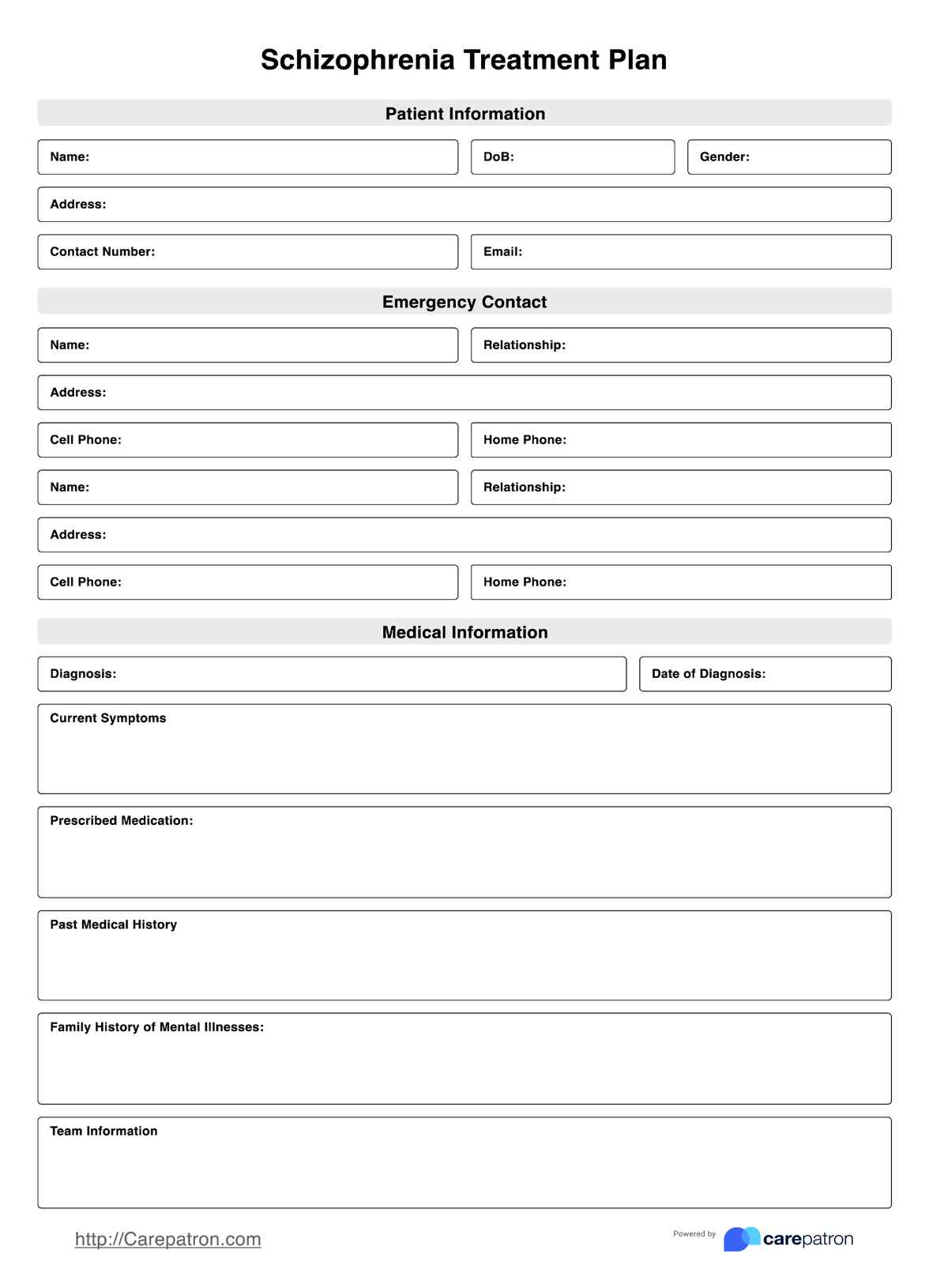
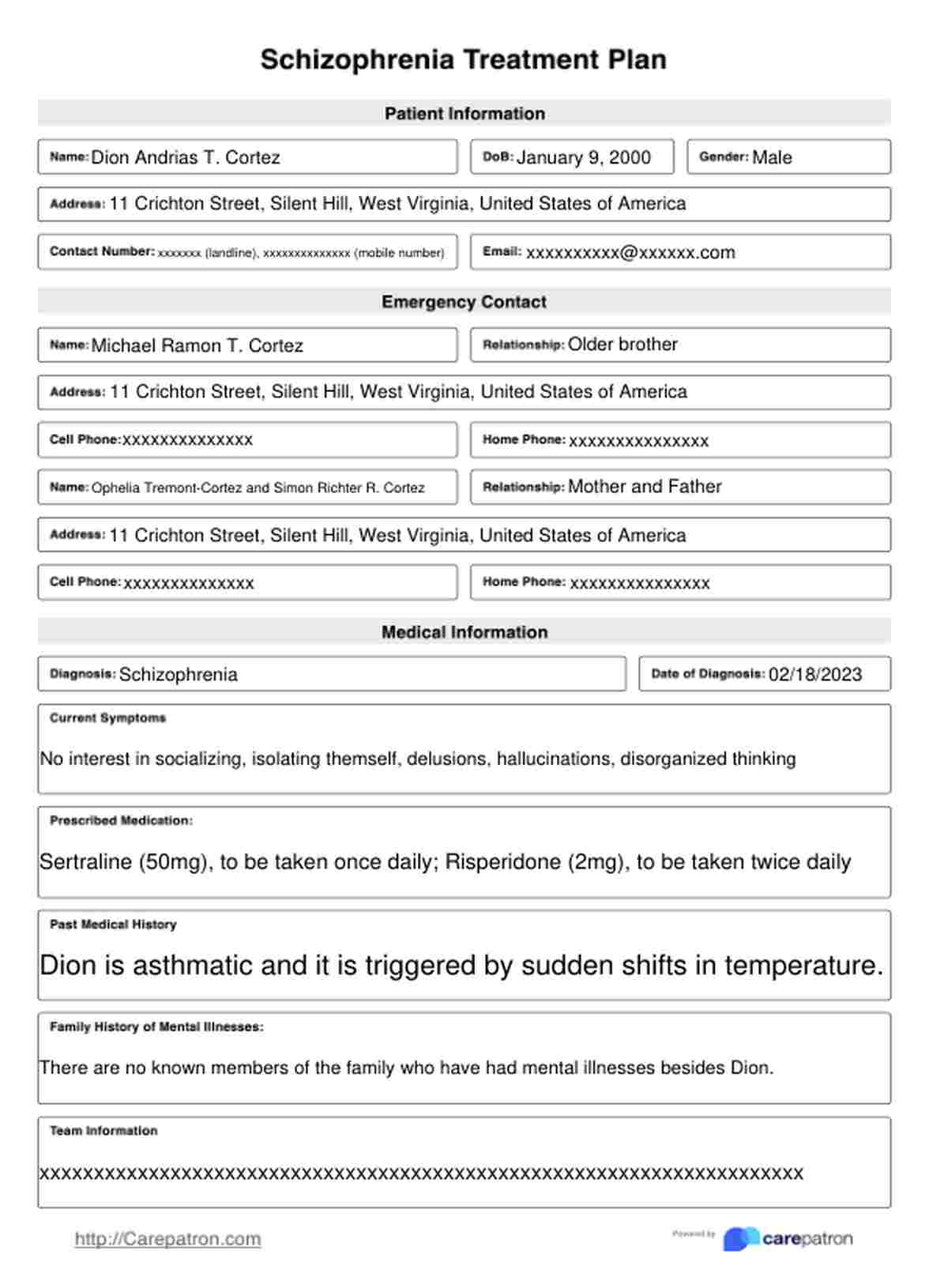

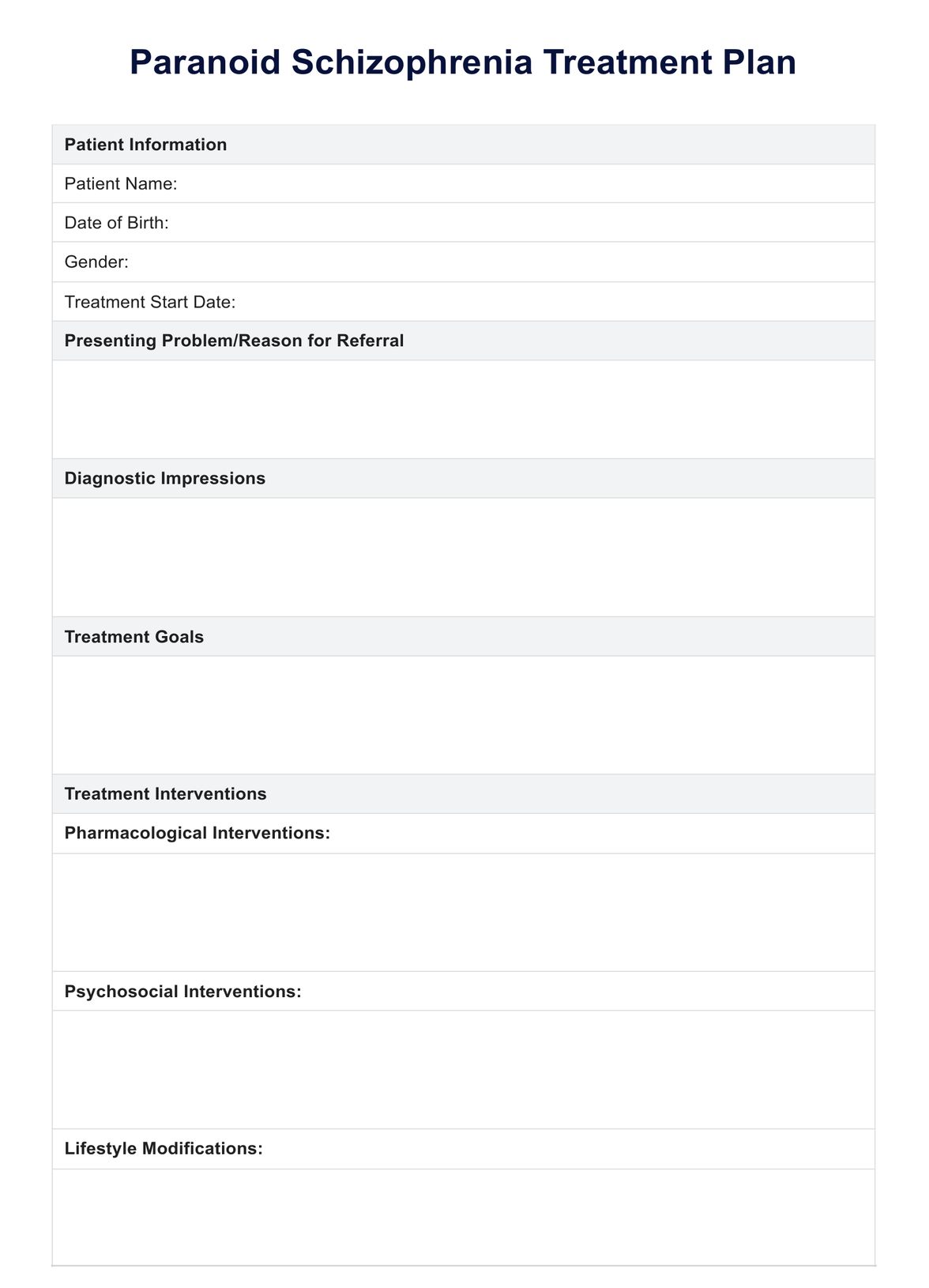
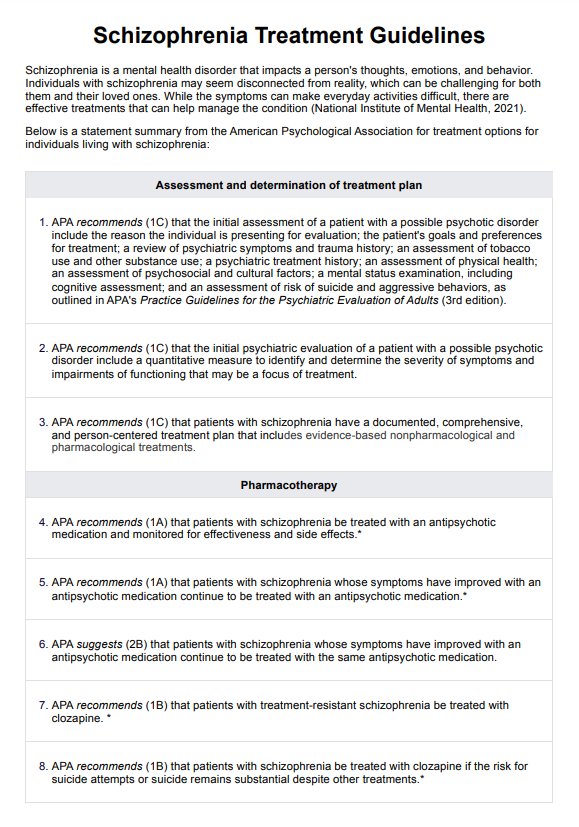














-template.jpg)




























































































